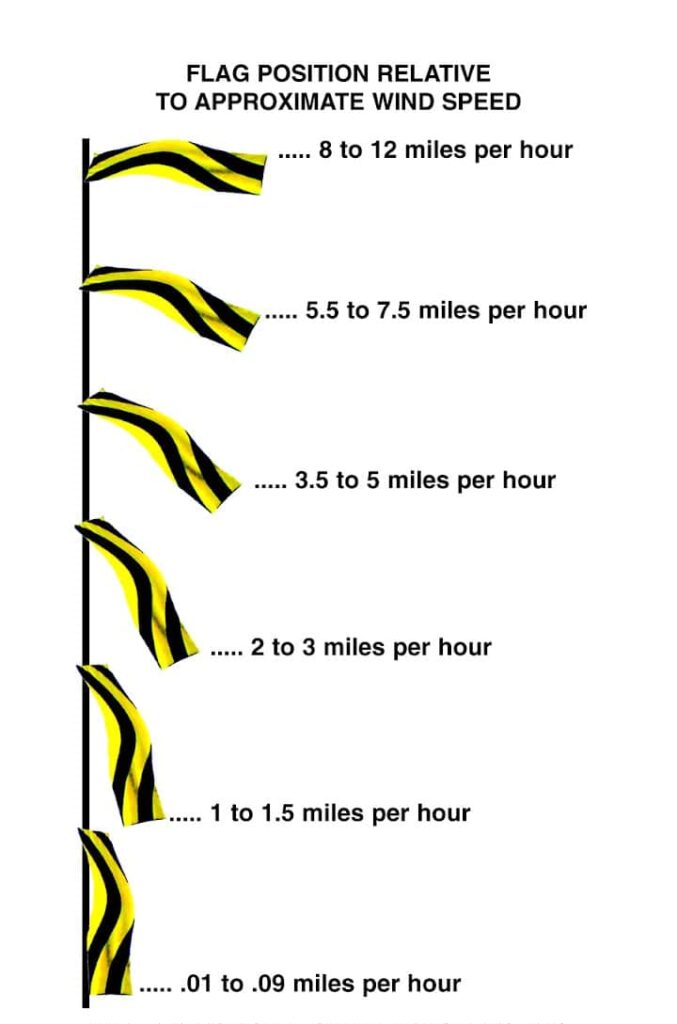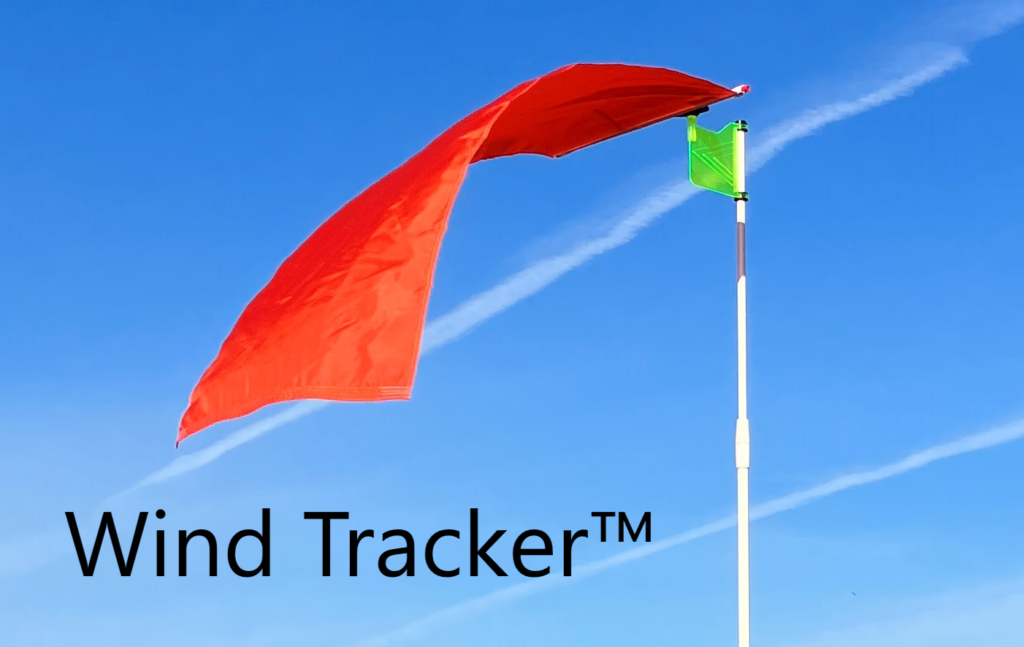Hot Air Balloons Takeoff Sites
Wind Tracker™ Windsocks serve as essential tools at hot air balloon takeoff sites, providing crucial information about wind conditions to ensure the safe and successful launch of hot air balloons. The variable and dynamic nature of wind can significantly impact hot air balloon operations, making windsocks invaluable for balloon pilots and ground crews.

Wind Direction Assessment:
Wind Tracker™ Windsocks are primarily used to determine wind direction at the takeoff site. Hot air balloons rely on the wind for lift and direction during flight. By observing the orientation of the windsock, balloon pilots can quickly assess the prevailing wind direction at ground level. This information is vital for determining the most suitable launch direction and planning the balloon’s flight path.

Launch Site Suitability:
Wind Tracker™ Windsocks aid in evaluating the suitability of the takeoff site for hot air balloon operations. Balloon pilots need specific wind conditions for a safe and controlled launch. Wind Tracker™ Windsocks help determine if wind speeds are within acceptable limits for takeoff. If wind conditions exceed safe operating parameters, pilots may choose to delay the launch or seek an alternative launch site with more favorable wind conditions.
Inflation and Launch Control:
Wind Tracker™ Windsocks assist ground crews in inflating and launching the hot air balloon safely. By monitoring wind direction, ground crews can position the balloon’s envelope (fabric) relative to the wind. This ensures a controlled inflation process and prevents the balloon from “candlestick” behavior (uncontrolled swinging) during inflation. Aligning the balloon with the wind also aids in achieving a stable ascent during the launch.

Flight Path Planning:
Wind Tracker™ Windsocks provide valuable information for planning the balloon’s flight path. Once airborne, balloon pilots continuously monitor wind direction and intensity to navigate through different wind layers and choose the desired direction of flight. Windsocks help pilots anticipate how wind conditions may change at higher altitudes, allowing them to adjust their flight plan accordingly.
Landing Zone Selection:
Wind Tracker™ Windsocks are instrumental in identifying suitable landing zones for hot air balloons. By observing wind direction, pilots can evaluate potential landing areas and choose the most appropriate site based on wind conditions. Landing with the wind can facilitate smoother landings and minimize the risk of balloon drag after touchdown.
Safety Considerations:
Wind Tracker™ Windsocks play a crucial role in safety considerations during hot air balloon operations. Continuous monitoring of wind direction and speed helps balloon pilots and ground crews identify sudden changes in wind conditions that may affect the safety of the flight. This information allows for informed decision-making, ensuring the safety of passengers and crew throughout the entire ballooning experience.
Wind Tracker™ windsocks are a necessary tool at hot air balloon takeoff sites due to their role in assessing wind direction, determining launch site suitability, assisting with inflation and launch control, aiding in flight path planning, selecting landing zones, and ensuring safety during hot air balloon operations. By utilizing windsocks, hot air balloon pilots and ground crews can make informed decisions, enhance safety measures, and optimize the success of balloon flights.
